By Andrew Siyabalawatte and Sumaiya Farheen, March 2023.
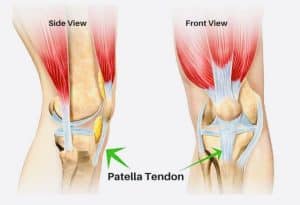
The Patellar Tendon
The patellar tendon, a robust fibrous cord linking the kneecap to the shinbone, plays a vital role in knee joint stability and movement. Often referred to as the patellar ligament, it technically acts as a tendon, connecting the quadriceps muscle to the bone. Essential for activities like walking, running, and jumping, the patellar tendon facilitates knee bending and straightening.
What is Patellar Tendonitis?
Patellar tendonitis, a prevalent condition that impacts the patellar tendon, is commonly referred to as jumper’s knee. This condition is frequently caused by repetitive stress on the tendon.
Common causes of patellar tendonitis include-

Overuse of the Quadricep (front of thigh) muscle
Repeated stress on the patellar tendon can cause small tears in the tendon, which can lead to inflammation and pain.
Tight or weak surrounding muscles
Tight or weak muscles in the leg can put extra stress on the patellar tendon, leading to injury.
Sports activities
Sports that involve jumping, running, or quick changes in direction can put extra stress on the patellar tendon, increasing the risk of injury. Read our article on how running affects the patellar tendon.
Age
As we age, the patellar tendon can become weaker and less flexible, making it more prone to injury.
Previous injury
If you have had previous knee injuries, it can increase the likelihood of developing patellar tendonitis.
Patellar Tendon Pain
The symptoms of patellar tendonitis, commonly referred to as jumper’s knee, can vary based on the severity of the condition. Some common symptoms include-

Pain
Pain is the most common symptom of patellar tendonitis. The pain is usually felt just below the kneecap and may be described as a dull ache or sharp pain.
Patellar Tendonitis Symptoms
Swelling
Swelling around the knee joint is a common symptom of patellar tendonitis. The swelling may be mild or severe, depending on the severity of the injury.
Stiffness
Stiffness is usually more noticeable in the morning.
Tenderness
The area just below the kneecap may be tender to the touch.
Weakness
You may experience weakness in the knee or have difficulty bearing weight on the affected leg.
What Does A Patella Tendon Strap Do?
It can help by stabilising the patella which will reduce pain around the inflamed tendon. The patella tendon strap does this by preventing the excessive movement of the patella, which is one of the causative factors in patellar tendonitis.
What is Patellar Tendon Bearing (PTB)?

A patellar tendon bearing (PTB) feature is typically employed in more severe cases, like a complete patellar tendon rupture, where the ability to straighten the knee is lost. In these instances, a brace helps keep the leg straight, facilitating the healing of the tendon. This type of fracture results from significant force, as seen in a car accident, where the tibia (shin bone) breaks about halfway down or at some point along the length of the shin bone.
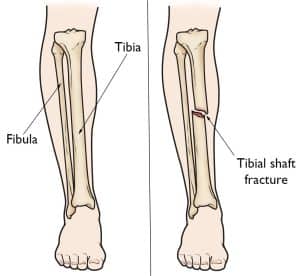
Knee Tendonitis Treatment
Osteopathy
An osteopath can help in the treatment of patellar tendonitis by using hands-on techniques to improve joint mobility, reduce pain, and promote healing. Our osteopath employs knee joint mobilization techniques to enhance passive joint movement. This, in turn, contributes to improving the active range of motion of the knee, ultimately reducing the pain and stiffness associated with the patellar tendon.
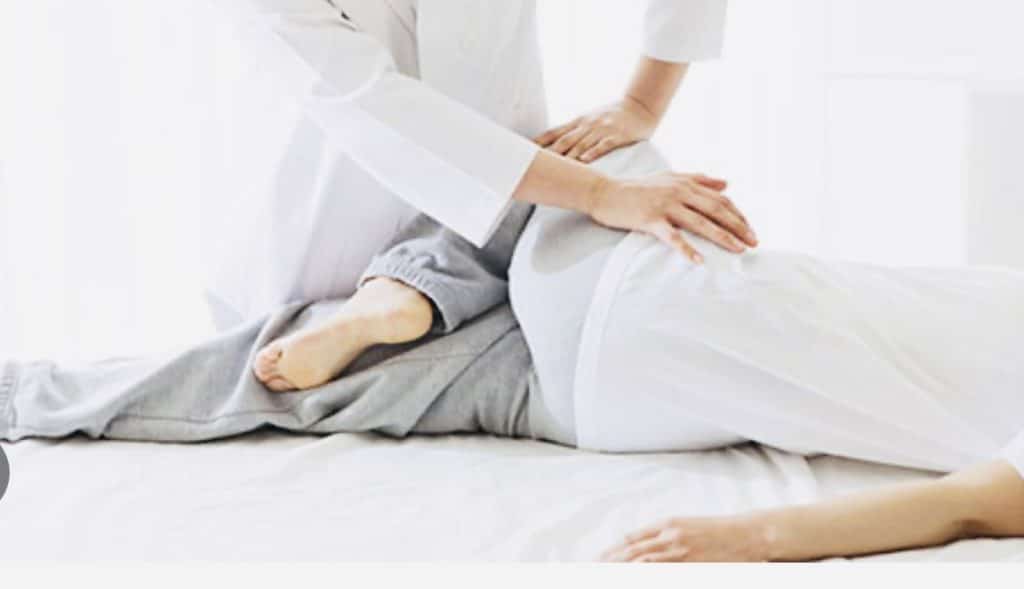
Massage
Some of the techniques our therapists use involve Soft tissue manipulation, stretching techniques which can help to relieve tension in the surrounding muscles and improve circulation to the affected area. Friction work to break down the scar tissue around the patellar tendon will improve range of motion and reduce pain.
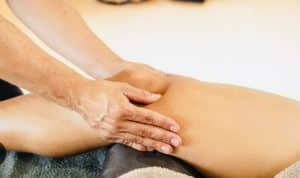
Knee Strengthening Exercises
Specific exercises to help strengthen the muscles surrounding the knee joint, will help to alleviate stress on the patellar tendon. A particular favorite of ours-
The Straight Leg Raise – 10 second hold 10 times
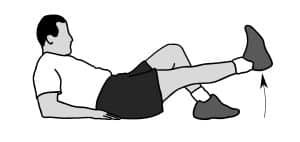
Low Level Laser Therapy (LLLT)
Low-level laser therapy (LLLT) is a non-invasive treatment that uses light to stimulate tissue repair and reduce inflammation. LLLT has been shown to be effective in the treatment of various musculoskeletal conditions, including patellar tendonitis. Read on to find out more about the benefits of LLLT.
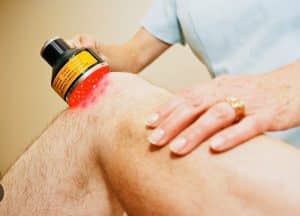
Shockwave Therapy on the NHS
Shockwave therapy is a clinically proven and effective treatment modality for patellar tendonitis. It works by sending a type of acoustic wave which carry high energy to the painful area of the tendon to help stimulate a tissue healing response.
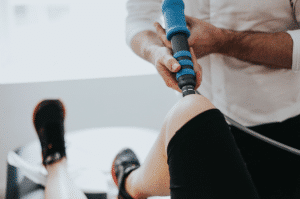
This professional will assess your condition to determine the suitability of shockwave therapy for your specific case.
If you feel you would benefit from shockwave therapy, but you are not sure, contact us and we can help you determine if this treatment would be appropriate for you.

